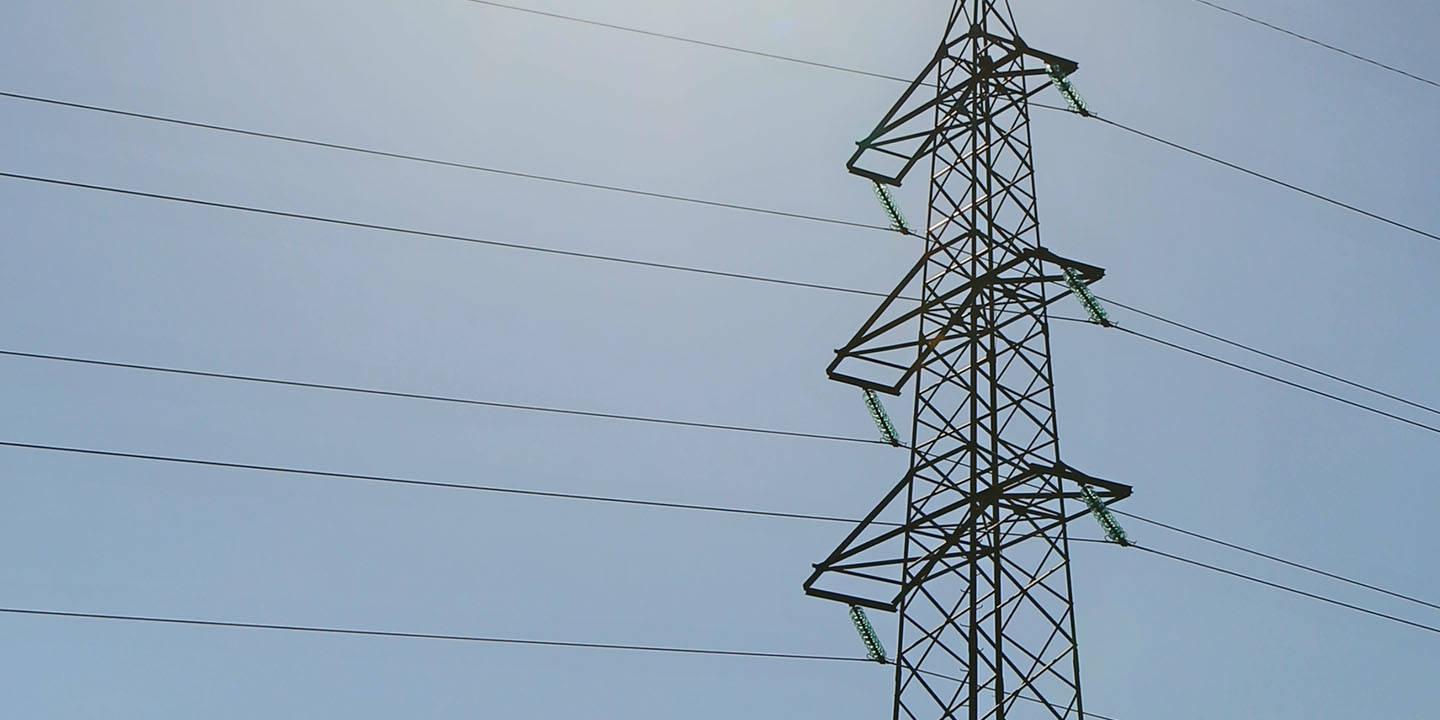The three fundamental functions of the power supply system are:
- Production
- Transmission
- Trade
A reliable supply of electricity is crucial in modern society. In business and industry, the public service sector and households, reliable access to electricity is a matter of course. Almost all important public services and functions depend on a well-functioning power system with a reliable supply of electricity.
Electricity production resources are often located far from where consumption takes place. A well-developed electricity grid makes it possible to transmit power from the hydropower plants in the southwest and north to consumers in other parts of Norway and abroad.
The grid must be able to cope with both short- and long-term variability in production and consumption in order to ensure that electricity supplies are maintained. The grid system is designed to handle peaks in electricity consumption, which generally occur on the coldest days in cold years, and to allow for import of sufficient quantities of electricity for extended periods, for example in dry years. In addition, the grid must have sufficient capacity to transport electricity out of a region when consumption is low and production is high. The wide variations in domestic production and consumption make it necessary to have sufficient transmission capacity both between different regions of Norway and between Norway and other countries.
The Norwegian electricity grid consists of three levels: the transmission grid (operated by Statnett), the regional distribution grid and the local distribution grid. Both the regional and the local distribution grids are considered as distribution systems, as defined by EU legislation.
The transmission grid connects producers with consumers in a nationwide system. Interconnectors with other countries are part of the transmission grid. There are specific requirements relating to transmission system operators. In Norway, Statnett is the designated transmission system operator (TSO).
The transmission grid carries a high voltage, usually 300 to 420 kV, but in certain parts of the country there are also lines carrying 132 kV. The total length of the transmission grid is about 12 000 km.
The regional distribution grid often links the transmission grid to the distribution grid, and may also include production and consumption radials carrying higher voltages. The regional grid carries a voltage of 33 to 132 kV, and has a total length of about 19 000 km.
The local distribution grid consists of the electricity grids that normally supply power to smaller end users. It carries a voltage of up to 22 kV, divided into high-voltage and low-voltage segments. The dividing line between the two segments is 1 kV, and the low-voltage distribution to ordinary customers normally carries 400 V or 230 V. The total length of the high-voltage distribution grid is about 101 000 km.
Large electricity producers are connected to the transmission or regional distribution grid, and smaller ones to the regional or local distribution grid. Major consumers such as power-intensive manufacturing or the petroleum industry are generally connected to the transmission or regional distribution grid. Small-scale consumers such as households, service industries and small-scale manufacturing, are usually connected to the local distribution grid.
Statnett owns the transmission grid in Norway, and is the transmission system operator (TSO). Statnett is a state-owned enterprise, and the Ministry of Energy is responsible for the state’s ownership. Municipalities and county authorities own most of the regional and distribution grids, but there is also some amount of private ownership.
Historically, many grid companies have been part of vertically integrated companies, i.e. companies that are involved in both electricity generation, transmission and/or trading. Today, regulatory provisions require that all grid companies undertake legal undbundling and grid companies with more than 100 000 customers undertake functional unbundling. This makes the distinction between market-based and monopoly activities clearer.
Distribution system operators (DSOs) are subject to legal and functional unbundling.
Legal unbundling means that grid operations and production and/or trading activities are carried out by separate companies. In addition, a grid company may not own or be owned by an entity that is engaged in electricity production or trading.
Functional unbundling means that nobody with management responsibilities in a grid company may be involved in the management of other company structures in an integrated company. The parent company or controlling owner is allowed to influence the financial framework for the grid company, but may not be involved in day-to-day management and operations or in investment decisions.
You can read more about regulation of grid operations here.
Statnett is the transmission system operator (TSO) in Norway, and owns the transmission grid in Norway. Statnett is responsible for ensuring that there is an instantaneous balance between the production and consumption of electricity in Norway at all times.
Electricity cannot easily be stored, so the amount produced must at all times equal consumption. This is referred to as the instantaneous balance in the electricity system. The power market is an essential tool to ensure balance between electricity supply and demand. Statnett uses the results of daily price determination in the day-ahead market as the basis for planning and maintaining the instantaneous balance in the following 24-hour period. The continual process of balancing the electricity system is vital for the operational reliability of the power supply system. If an imbalance arises, the transmission system operator takes steps to restore the balance, for example by adjusting production or consumption.
Furthermore, Statnett has a key role in the development and operation of cross-border interconnectors. This includes extensive cooperation with TSOs and regulators in other European countries. TSOs cooperate through the European Network of Transmission System Operators for Electricity, ENTSO-E. ENTSO-E also plays a part in developing network codes and guidelines for the internal energy market.

In 2023, Norway's exchange capacity to other countries is approximately 9000 MW. This is distributed with 4000 MW to Sweden, 1400 MW to Germany, 1400 MW to the United Kingdom, 1600 MW to Denmark, and 700 MW to the Netherlands. 9000 MW corresponds to a theoretical potential for power transmission of 80 TWh per year, but the historical utilization has been lower. In the last decade, the annual exchange between Norway and neighboring countries has been around 26 TWh, with an increase to 33 and 38 TWh after the commissioning of NordLink in 2020 and North Sea Link in 2021, respectively.

